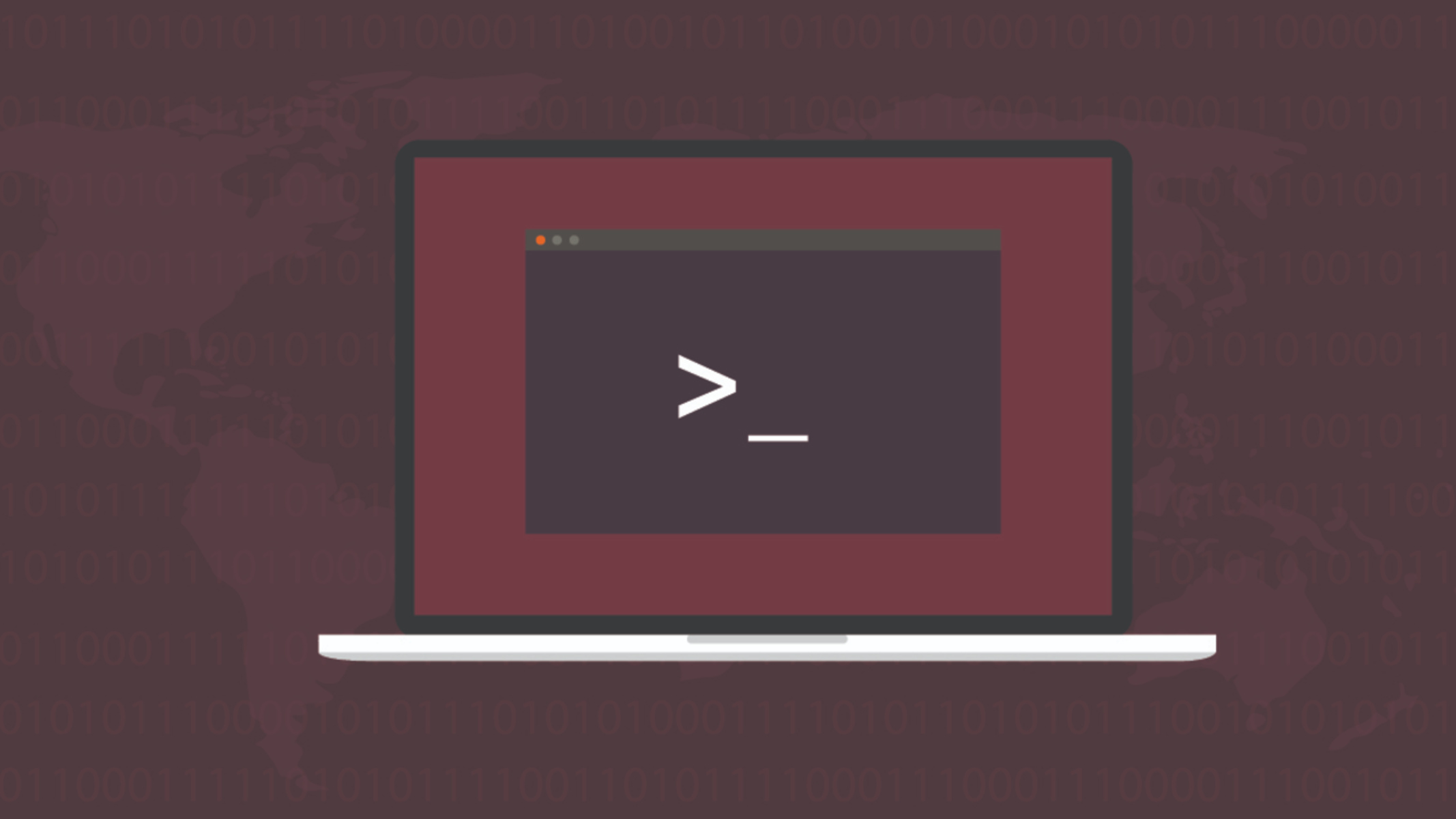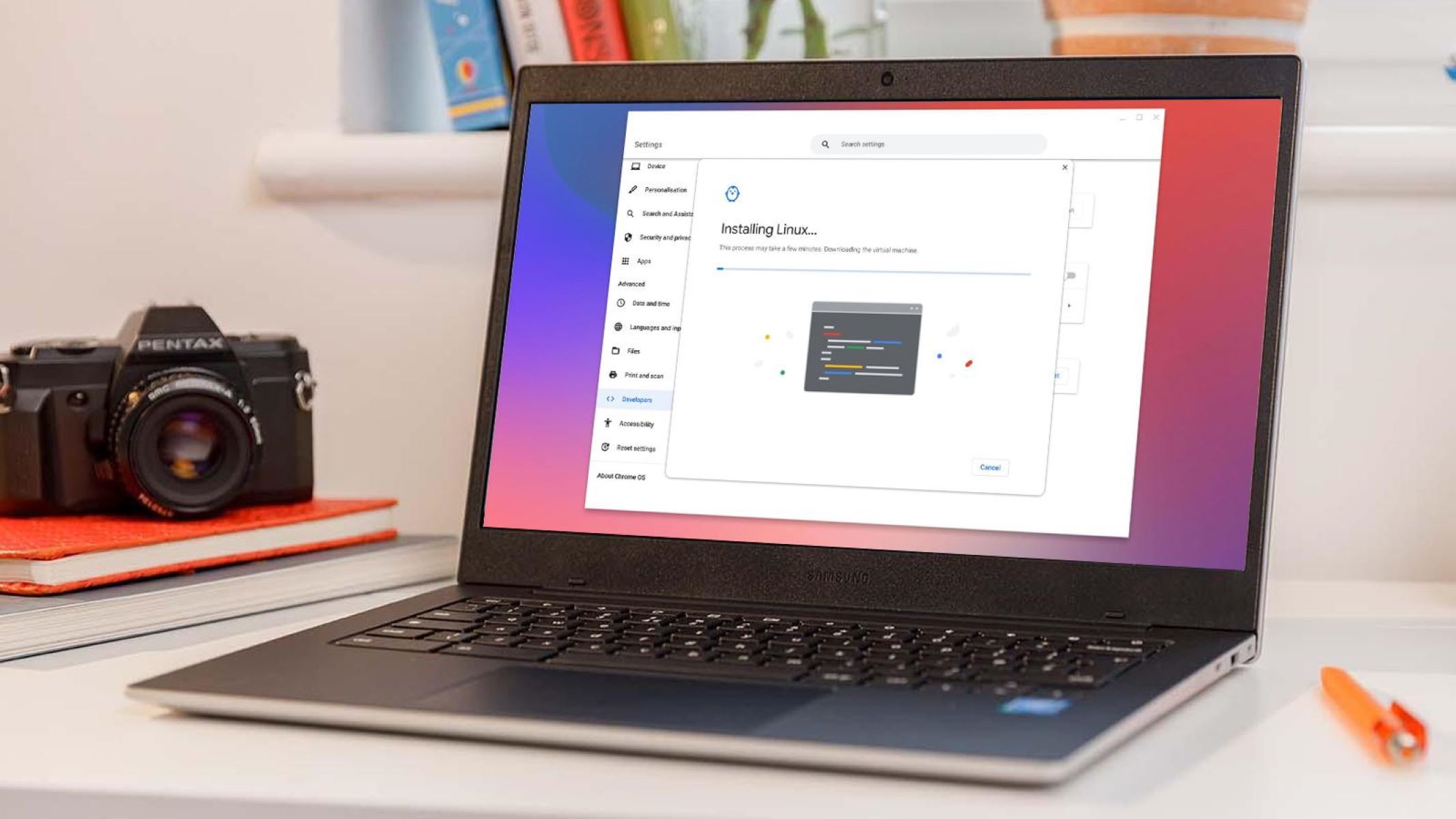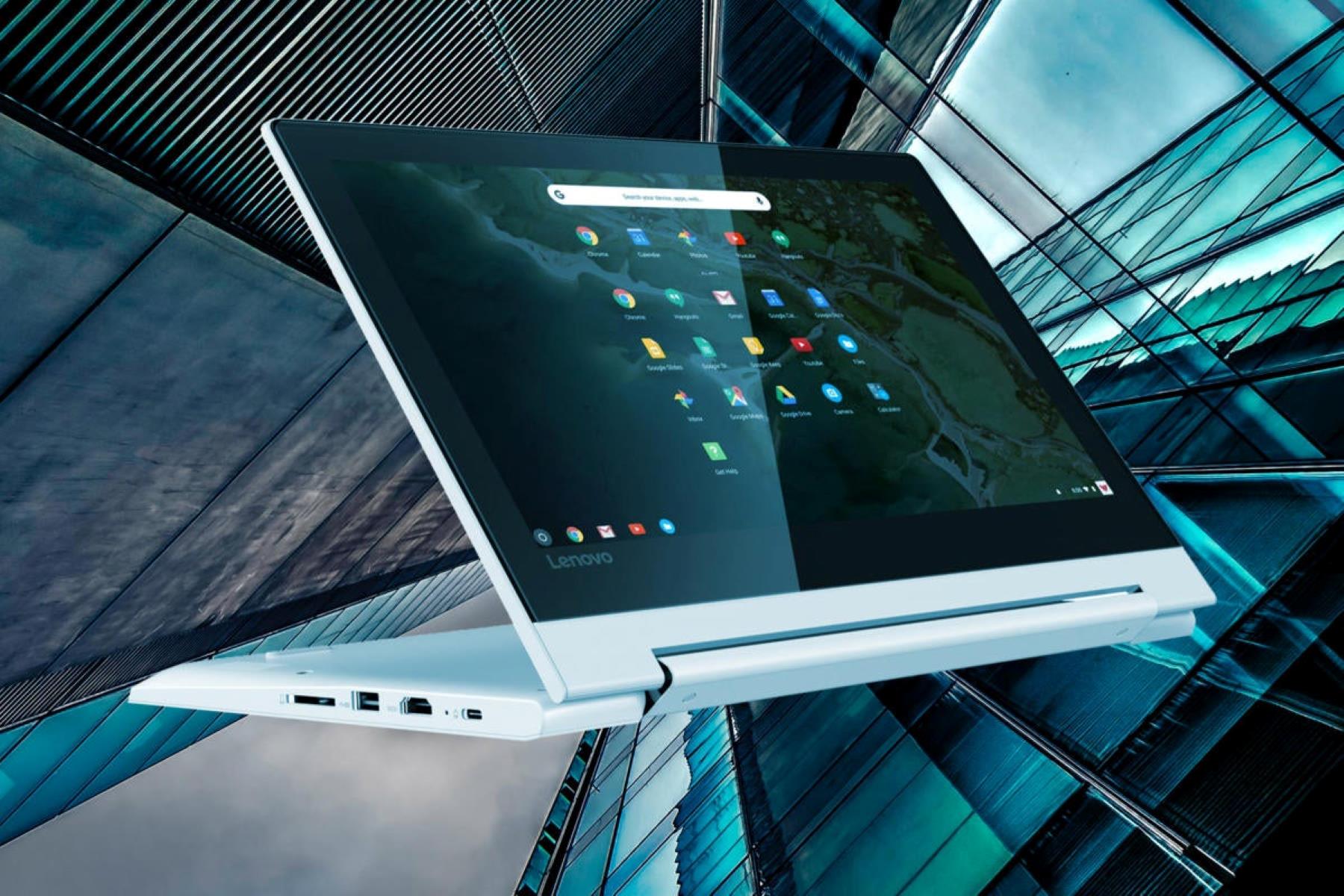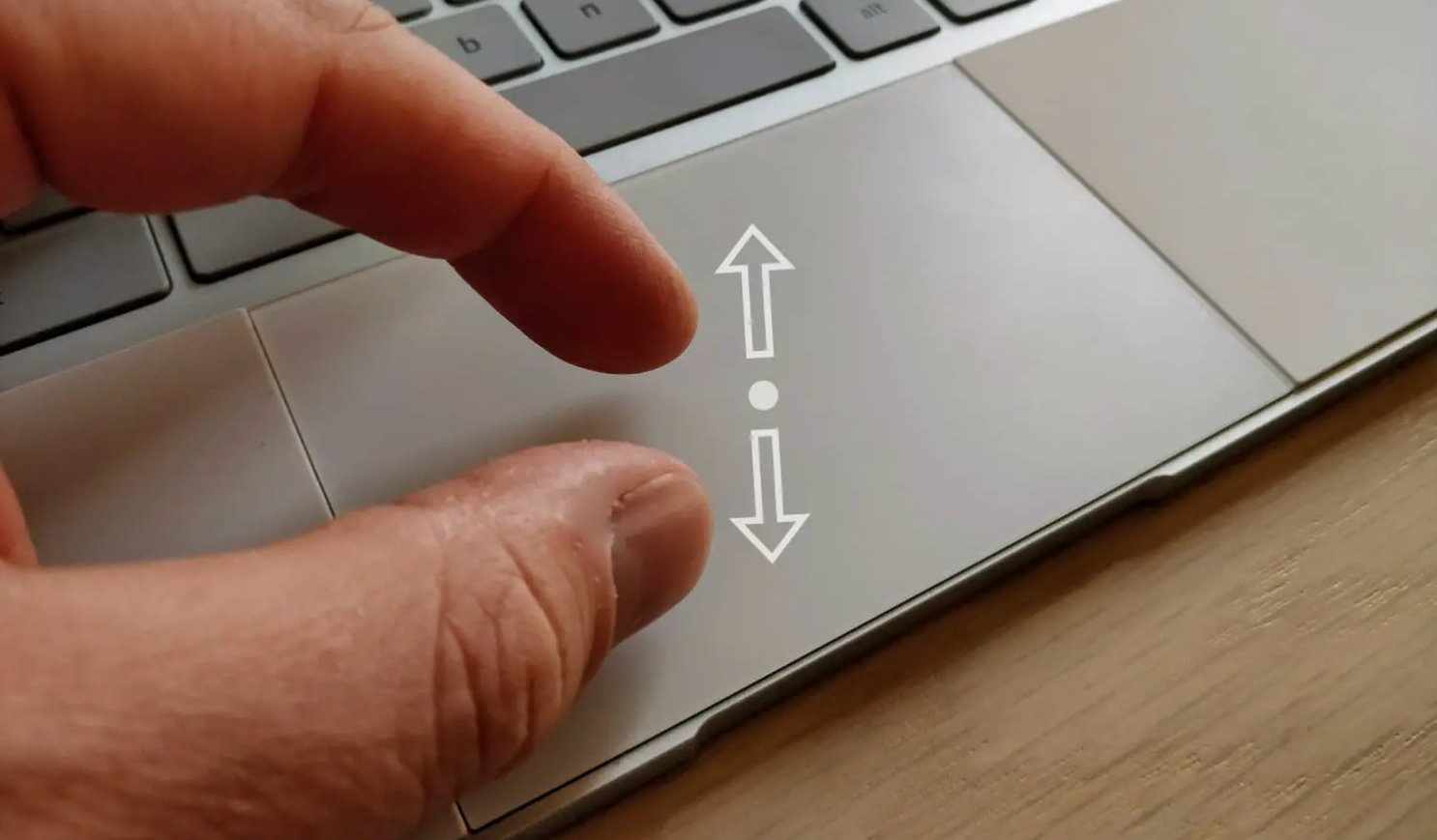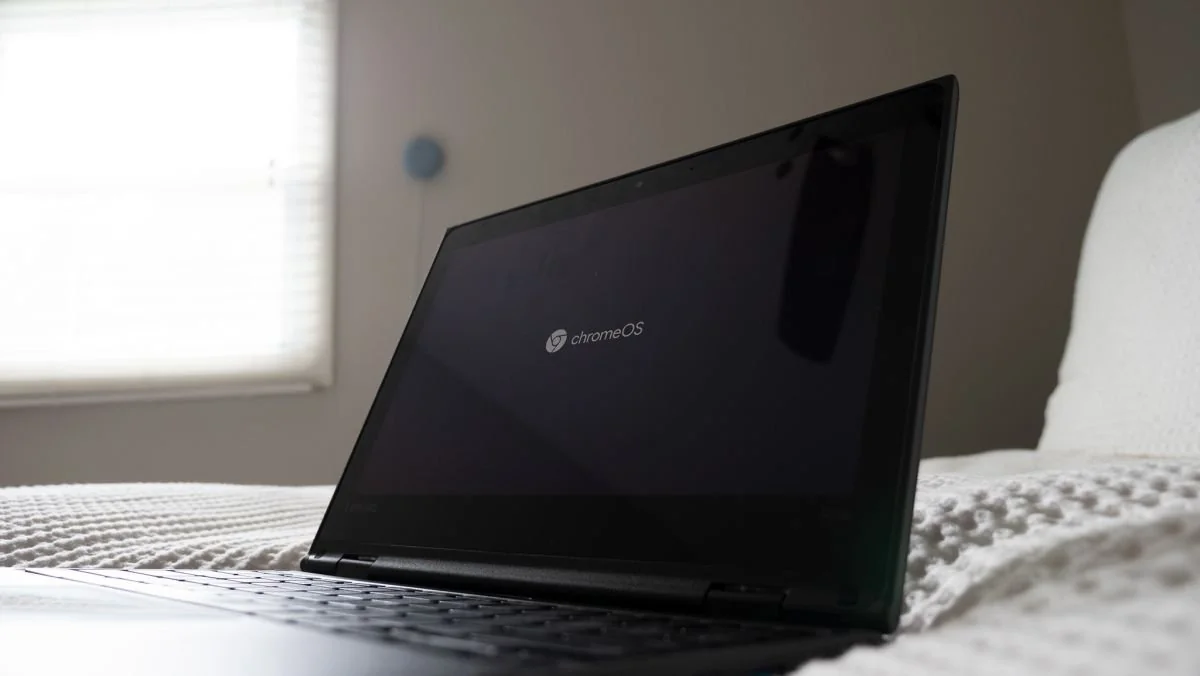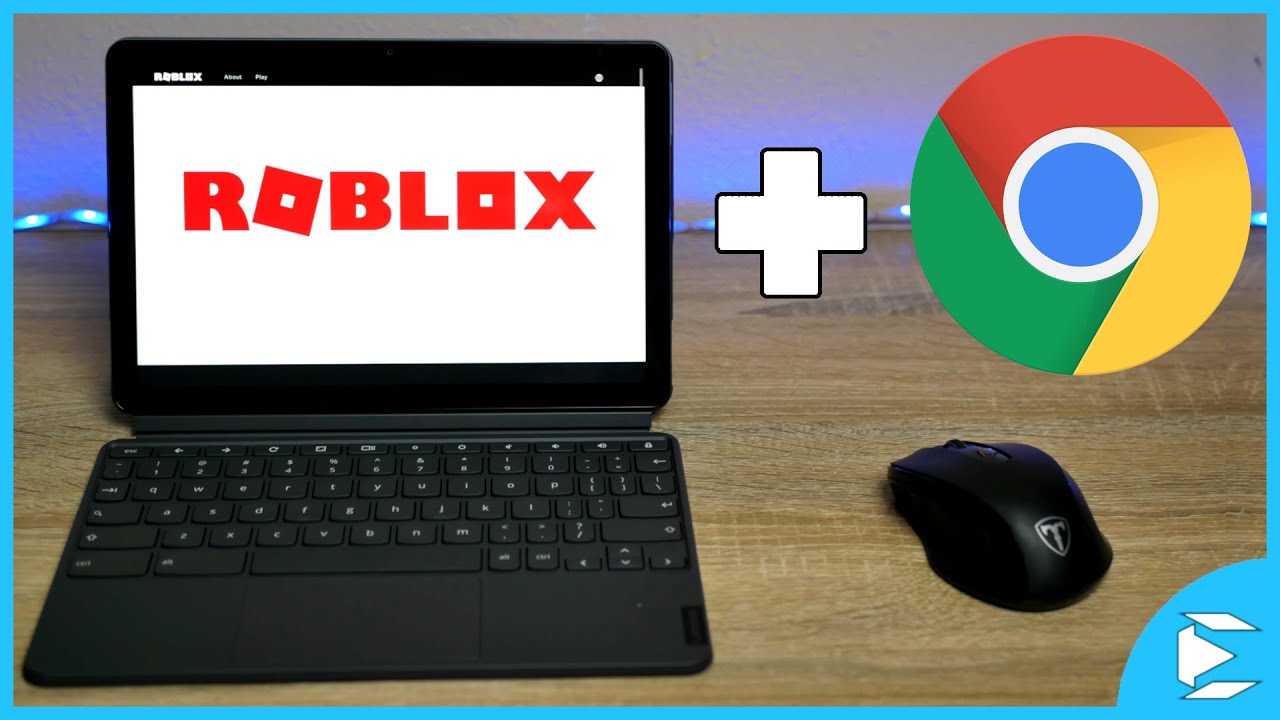Introduction
Are you looking to unlock the full potential of your Chromebook by switching from Chrome OS to Linux? This transformation can provide you with a more versatile and customizable operating system, allowing you to explore a wide range of applications and tools. By embracing Linux on your Chromebook, you can delve into a world of enhanced productivity, software development, and creative possibilities.
In this guide, we will walk you through the process of transitioning from Chrome OS to Linux, empowering you to harness the capabilities of a different operating system on your Chromebook. Whether you're a tech enthusiast, a developer, or simply seeking a change in your computing environment, this step-by-step tutorial will equip you with the knowledge and confidence to make the switch seamlessly.
By following the instructions outlined in this article, you will gain insights into enabling developer mode on your Chromebook, installing Linux, and effortlessly switching between Chrome OS and Linux. This journey will open up new avenues for experimentation, learning, and personalization, allowing you to tailor your computing experience to your unique preferences and requirements.
So, if you're ready to embark on this transformative journey and unlock the potential of your Chromebook, let's dive into the process of changing Chrome OS to Linux. Get ready to embrace a new realm of possibilities and take control of your computing environment like never before.
Step 1: Enable Developer Mode
To initiate the process of transitioning from Chrome OS to Linux on your Chromebook, the first crucial step is to enable Developer Mode. This mode grants you elevated privileges, enabling you to make advanced changes to the system, including the installation of alternative operating systems such as Linux.
Enabling Developer Mode involves a series of steps that will unlock the full potential of your Chromebook. However, it's important to note that this process will reset your device to its factory settings, erasing all local data. Therefore, it's essential to back up any important files or documents before proceeding.
To enable Developer Mode, follow these steps:
-
Enter Recovery Mode: Begin by turning off your Chromebook. Once it's powered down, press and hold the 'Esc' and 'Refresh' keys simultaneously, then press the power button to turn the device on. This will boot your Chromebook into Recovery Mode.
-
Access Developer Mode: In Recovery Mode, you will encounter a screen displaying a warning about Chrome OS being missing or damaged. To proceed, press 'Ctrl + D' on your keyboard. This action will prompt a confirmation screen. Press 'Enter' to enable Developer Mode.
-
Wait for the Process: The system will now transition into Developer Mode, a process that may take several minutes. During this time, your Chromebook will display a progress bar as it reconfigures the system. Once the process is complete, the device will reboot into Developer Mode.
-
Accept the Warning: Upon rebooting, you will encounter a screen displaying a warning about OS verification being off. To proceed, press 'Ctrl + D' once again. This action will bypass the warning and grant you access to Developer Mode.
Enabling Developer Mode is a pivotal step in the journey to switch from Chrome OS to Linux on your Chromebook. This process sets the stage for the subsequent installation of Linux, empowering you to explore a new realm of possibilities and customization. With Developer Mode activated, you are now ready to embark on the next phase of this transformative endeavor: installing Linux on your Chromebook.
By successfully enabling Developer Mode, you have taken a significant stride towards embracing a more versatile and personalized computing environment. This pivotal step lays the foundation for the exciting transition from Chrome OS to Linux, opening the door to a world of enhanced functionality and creative potential.
Step 2: Install Linux
With Developer Mode successfully enabled on your Chromebook, you are now poised to embark on the next phase of this transformative journey: installing Linux. This pivotal step will equip you with a new operating system, offering enhanced flexibility, a vast array of software options, and the ability to customize your computing environment to suit your unique needs and preferences.
To install Linux on your Chromebook, follow these steps:
-
Access the Linux (Beta) Feature: Open the Settings menu on your Chromebook and navigate to the "Linux (Beta)" section. Click on the option to enable Linux on your device. This action will initiate the installation process, allowing you to set up a Linux container on your Chromebook.
-
Configure Linux Installation: Once the Linux (Beta) feature is enabled, you will be prompted to set up the Linux container. During this setup, you can allocate storage space for the Linux environment, customize the username and password for your Linux account, and initiate the installation process.
-
Install Linux Applications: With Linux successfully installed on your Chromebook, you gain access to a wide range of Linux applications and tools. Utilize the package manager of your chosen Linux distribution to install software, programming languages, development tools, and productivity applications, expanding the capabilities of your Chromebook.
-
Explore Linux Distributions: Depending on your preferences and requirements, you can choose from various Linux distributions, each offering unique features and software repositories. Whether you opt for Ubuntu, Debian, or another distribution, you have the freedom to tailor your Linux environment to align with your computing goals.
By following these steps, you can seamlessly integrate Linux into your Chromebook, unlocking a world of possibilities and customization. Whether you're a developer, a creative professional, or an enthusiast seeking a versatile computing environment, the installation of Linux on your Chromebook empowers you to explore new horizons and leverage the full potential of your device.
Embracing Linux on your Chromebook opens doors to a diverse ecosystem of open-source software, development tools, and creative applications. This transition equips you with the flexibility to tailor your computing environment, experiment with different software stacks, and delve into the rich and dynamic world of Linux-based computing.
As you complete the installation of Linux on your Chromebook, you are poised to enter a new realm of productivity, creativity, and exploration. The fusion of Chrome OS and Linux on your device creates a harmonious synergy, offering the best of both worlds and empowering you to craft a computing environment that resonates with your aspirations and endeavors.
Step 3: Switching Between Chrome OS and Linux
Once you have successfully installed Linux on your Chromebook, you gain the ability to seamlessly switch between Chrome OS and Linux, offering you the flexibility to leverage the strengths of both operating systems based on your specific tasks and preferences.
To transition between Chrome OS and Linux on your Chromebook, follow these steps:
-
Access the Terminal: To switch to the Linux environment, open the Terminal application on your Chromebook. This allows you to interact with the Linux shell and execute commands to manage your Linux system.
-
Start Linux: Enter the command to start the Linux container. This action will initiate the Linux environment, providing you with access to the Linux desktop and applications. You can seamlessly transition to the Linux interface to utilize Linux-specific software and tools.
-
Return to Chrome OS: When you wish to switch back to Chrome OS, simply exit the Linux environment by closing any open Linux applications and returning to the Chrome OS desktop. This effortless transition enables you to seamlessly shift between the two operating systems based on your current requirements.
-
Utilize Keyboard Shortcuts: Chromebooks often feature keyboard shortcuts that facilitate quick transitions between Chrome OS and Linux. Familiarize yourself with these shortcuts to streamline the process of switching between the two environments, enhancing your overall user experience.
-
Explore Integration Options: Some Linux distributions offer integration features that allow you to access files and resources from both Chrome OS and Linux seamlessly. Explore these integration options to enhance the interoperability between the two operating systems, enabling a cohesive and efficient computing experience.
By mastering the art of switching between Chrome OS and Linux on your Chromebook, you gain the power to harness the strengths of both operating systems, maximizing your productivity and creativity. Whether you need to utilize Linux-specific development tools, programming environments, or creative applications, the ability to seamlessly transition between Chrome OS and Linux empowers you to adapt your computing environment to suit your evolving needs and endeavors.
The seamless integration of Chrome OS and Linux on your Chromebook offers a harmonious synergy, providing you with a versatile and dynamic platform to explore, create, and innovate. By mastering the art of transitioning between these two environments, you unlock a world of possibilities, enabling you to craft a computing experience that aligns with your unique aspirations and ambitions.
Conclusion
In conclusion, the journey from Chrome OS to Linux on your Chromebook represents a transformative exploration of possibilities, customization, and empowerment. By enabling Developer Mode, installing Linux, and mastering the art of switching between Chrome OS and Linux, you have embarked on a remarkable odyssey that transcends the boundaries of traditional computing environments.
As you reflect on this journey, it's essential to recognize the profound impact of embracing Linux on your Chromebook. This transition has not only expanded the capabilities of your device but has also unlocked a world of open-source software, development tools, and creative applications. The fusion of Chrome OS and Linux creates a harmonious synergy, offering you the best of both worlds and empowering you to craft a computing environment that resonates with your aspirations and endeavors.
The installation of Linux on your Chromebook has opened doors to a diverse ecosystem of software, enabling you to explore new horizons and leverage the full potential of your device. Whether you're a developer, a creative professional, or an enthusiast seeking a versatile computing environment, the integration of Linux empowers you to tailor your computing environment, experiment with different software stacks, and delve into the rich and dynamic world of Linux-based computing.
Furthermore, the ability to seamlessly switch between Chrome OS and Linux provides you with the flexibility to leverage the strengths of both operating systems based on your specific tasks and preferences. This seamless transition empowers you to adapt your computing environment to suit your evolving needs and endeavors, maximizing your productivity and creativity.
As you continue to navigate the realms of Chrome OS and Linux on your Chromebook, remember that this journey is not just about operating systems; it's about embracing a mindset of exploration, innovation, and personalization. The transition from Chrome OS to Linux represents a paradigm shift, offering you the freedom to craft a computing experience that aligns with your unique aspirations and ambitions.
In essence, the journey from Chrome OS to Linux on your Chromebook is a testament to your willingness to embrace change, explore new horizons, and seize the opportunities that come with a versatile and dynamic computing environment. As you continue to navigate this transformative landscape, may you find inspiration, creativity, and fulfillment in the boundless possibilities that await you.
So, as you embark on this new chapter in your computing journey, remember that the fusion of Chrome OS and Linux on your Chromebook is not just a technical transformation; it's a gateway to a world of endless potential, creativity, and empowerment. Embrace this journey, and may it lead you to new discoveries, accomplishments, and experiences beyond your wildest imagination.







